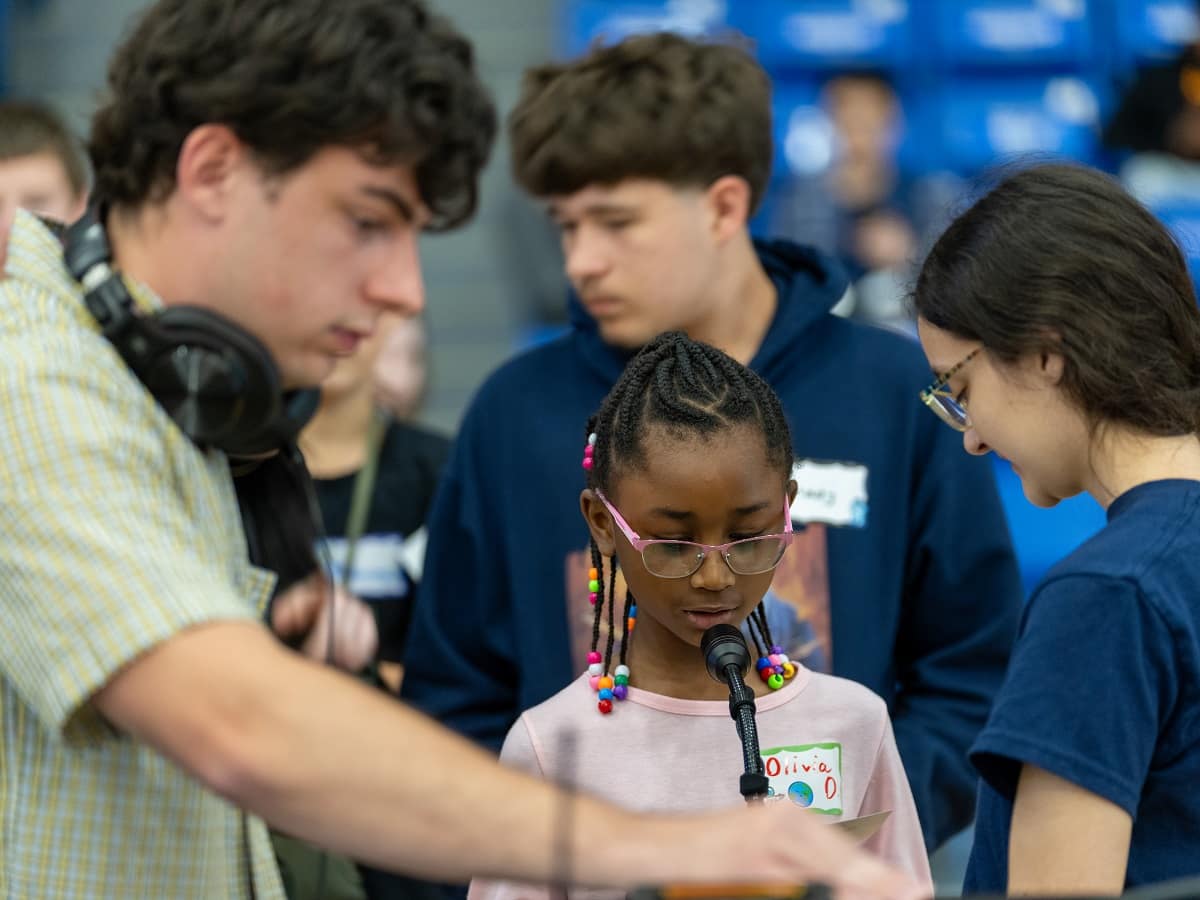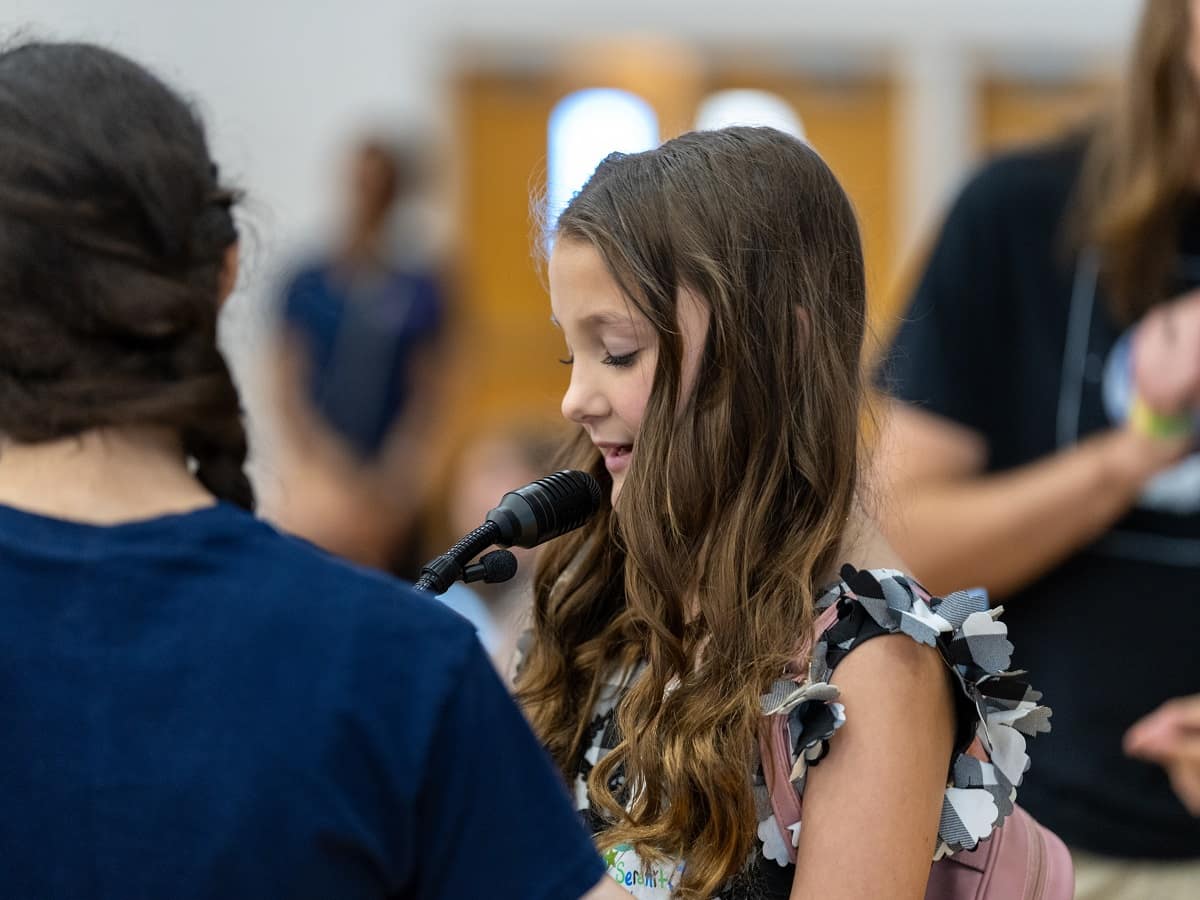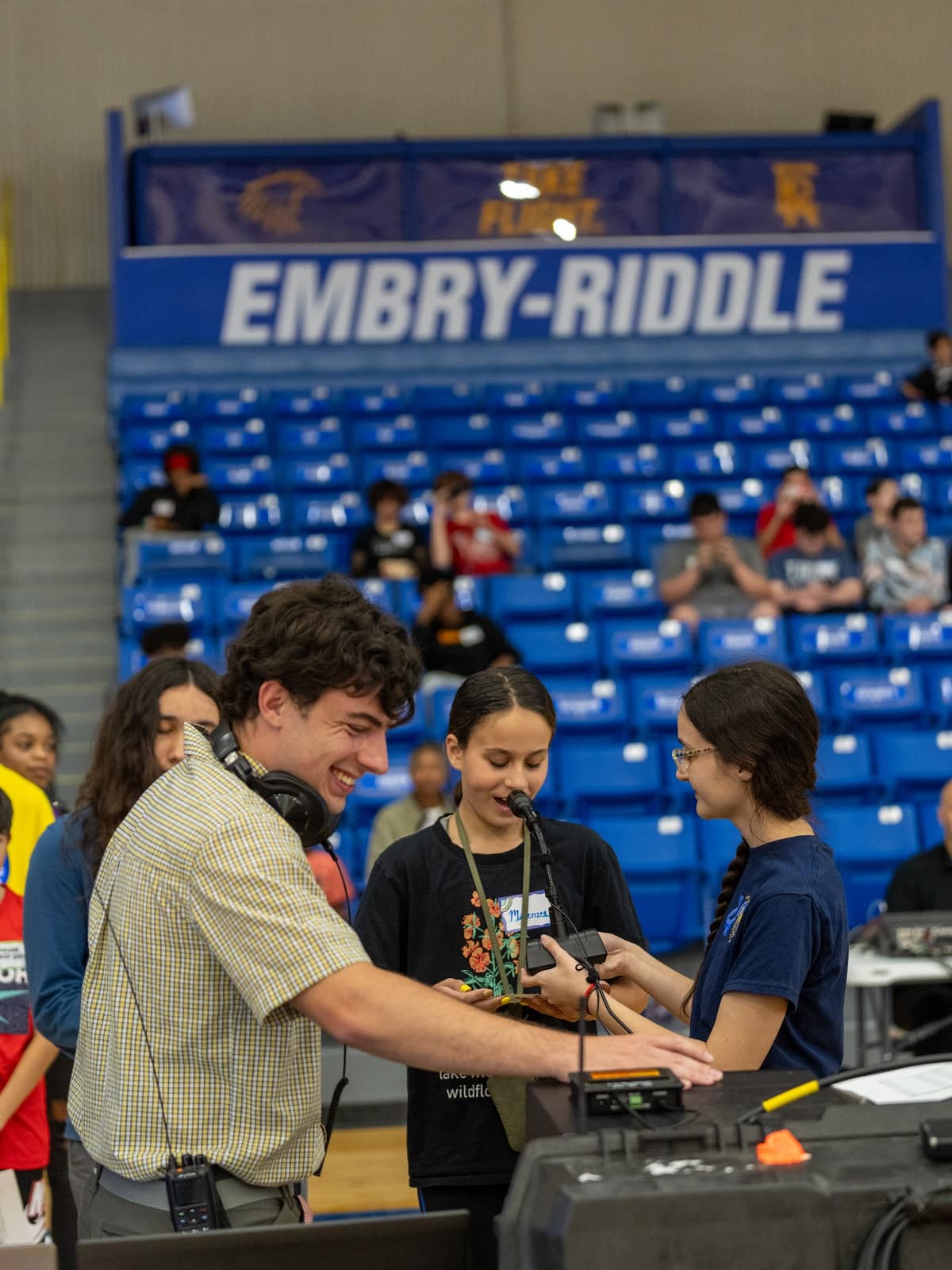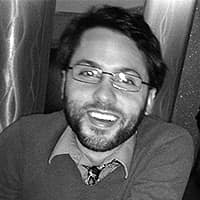Local Students Talk With Astronauts at Embry-Riddle Event


Nearly 200 students from Volusia County middle schools gathered at Embry-Riddle Aeronautical University Wednesday, April 3. Their mission: Speak with astronaut Matthew Dominick, commander of NASA’s SpaceX Crew-8 mission, who is currently serving aboard the International Space Station.
 Aerospace Engineering senior Paul Bartolemea, along with Electrical Engineering student Hope Lea, operated the radio at Embry-Ridle, while students took turns beaming their questions into outer spaceOrganized as part of the global ARISS (Amateur Radio on the International Space Station) program, the event, which featured a variety of space-centric activities, aimed to inspire young learners to pursue careers in STEM-related fields.
Aerospace Engineering senior Paul Bartolemea, along with Electrical Engineering student Hope Lea, operated the radio at Embry-Ridle, while students took turns beaming their questions into outer spaceOrganized as part of the global ARISS (Amateur Radio on the International Space Station) program, the event, which featured a variety of space-centric activities, aimed to inspire young learners to pursue careers in STEM-related fields.
“This was a once-in-a-lifetime opportunity, and the students’ excitement was infectious,” said Dr. Jim Gregory, dean of the College of Engineering on Embry-Riddle’s Daytona Beach Campus. “They asked thoughtful questions and received fascinating answers from the astronauts, and I’m so glad that Embry-Riddle was able to play a part in introducing so many to the wonders of engineering and space science.”
Students from Deltona Middle School, Heritage Middle School, Ormond Beach Middle School and River Springs Middle School attended. The call was also live-streamed and can be viewed in full online.
What Would You Ask an Astronaut?
Once contact was initiated via radio transmission to the ISS, about 20 lucky students got the opportunity to talk with members of the station’s crew and ask what life is really like in space.
“How do you clean the International Space Station when someone or something makes a mess?” Cody Norman, of Deltona Middle School asked.
“How are disagreements resolved onboard?” Sophia Bevilacqua, of Creekside Middle School, added.
The students’ curiosities ranged far and wide, with some asking operational questions — like, “What would you do if the ISS lost all communication connection with Earth?” Avi Bhattacharya Freedman, from Ormond Beach Middle School, wondered — while other questions were more personal — “What are your degrees in and how do they correlate to your research?” Leah Wakelyn, from Heritage Middle School, wondered?
Poised and curious, the students took turns speaking their questions into a microphone, which then transmitted their words by antennae into outer space.
“What are the most significant challenges astronauts face in maintaining physical and mental health during long-duration space trips?” Lewis Lowry, form Deltona Middle School, asked.
Dominick was quick to answer: The key to life, he said, “the secret weapon,” is discipline. “If you want to have good physical and mental health, it’s discipline.”
“How has your experience living on the ISS shaped your perspective on the importance of international cooperation in space exploration?” Kadan Santiago, from Deltona Middle School, asked.
“If you want to go fast, go alone,” Dominick told him. “If you want to go far, go together.”
A New Perspective
After the students’ call to the ISS, they met a second astronaut, Embry-Riddle alumna Nicole Stott (’87), who joined the event via video call to speak about how she became an astronaut and answer questions about the 104 days she spent in space.
“I really believe it is the best example of how we should be working and living down here, on spaceship Earth” Stott said of the ISS, which she called a “masterpiece.” She cited the 15 different countries who have worked together in harmony over the years onboard the ship, each toward the shared goal of making the world a better, and more interconnected, place. “They’re working for Earth, off of Earth,” she said.
Reflecting on her time in space, she said the simple revelation that “we live on a planet” had a profound effect on her perspective.
“All that matters is that thin blue line of atmosphere that blankets the Earth,” Stott said, calling back to the importance of maintaining healthy international relations. “Behave like crewmates — not passengers.”
An electrical and systems engineer, as well as a U.S. Naval Test Pilot, Matthew Dominick was selected by NASA to join the 2017 Astronaut Candidate Class. He has more than 1,600 hours of flight time in 28 aircraft, 400 carrier-arrested landings and 61 combat missions.
Embry-Riddle earned approval to participate in the ARISS program last year. As part of the university’s push to achieve this goal, Eagle students set up and operated an amateur radio station, operated by the Amateur Radio Club, which installed the antenna array on campus that was used to make contact with the space station.
The ARISS project “offers us a unique opportunity to make a two-way contact with the ISS, something that only a select few can claim to have completed,” said Paul Bartolemea, Amateur Radio Club president. “It’s also a spectacular opportunity for learning, experience and teaching.”

 Mike Cavaliere
Mike Cavaliere